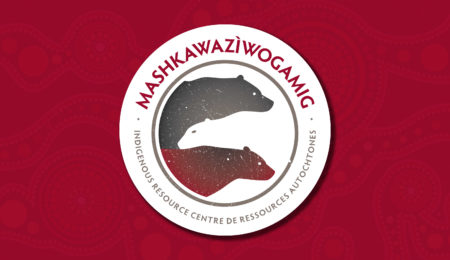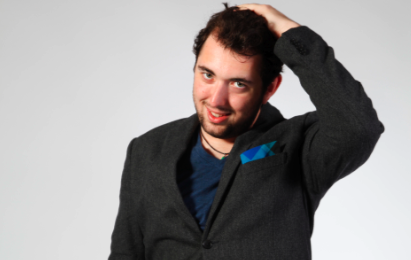Getting up when you fall down
INJURIES CAN BE crippling to an athlete. Whether it’s a twisted ankle or a more serious injury requiring surgery, the journey back into the game is a difficult, uphill battle. While it may be tempting for an athlete to return to the sporting world soon after injury, there is no way to rush the healing process.
“Athletes are notoriously bad for taking the least care of their bodies. I would argue that pretty substantially,” said Stuart Thomas, a former athlete and recent U of O graduate with a bachelor in human kinetics.
Although it is important for athletes to take their time while recovering from an injury, Thomas warns against using braces or casts as a clutch because they can sometimes do more harm than good.
“Typically if you go to see a doctor, a cast is [used] for two to three months. Then you go see a sports physiotherapist or someone like that, and they’re like, ‘No, take that cast off, almost as soon as possible,” explained Thomas.
“Physiotherapy is all about exercising within limits as fast as possible. So if you completely immobilize [the leg, for example] you [might] get atrophied—you lose a lot of your muscle control, [and] you tend to overcompensate with your other leg.”
Thomas is not discrediting what doctors prescribe, and explained that following their medical advice is crucial to the healing process.
“The catch is that doctors are safe. So if I put a cast on that injured joint … if I immobilize that whole knee I put you in a Zimmer brace, you can no longer bend your leg at all—it’s safe,” said Thomas.
“That injury will heal and you will be able to rebuild that muscle once you take the Zimmer brace off. The doctor is absolutely correct in that [a brace or cast] will keep it safe and heal.”
According to Thomas, even though most athletes rush back into the game, their confidence is usually not where it used to be and they’re playing in a “safer” manner.
“Sometimes, unrelated to the initial injury, you can tell they’re more tentative players,” said Thomas. “In rugby, for instance, they have a few broken bones and suddenly they’re not as aggressive—they won’t go into the ruck the same way they did before.
“What’s interesting about that is there’s no real psychological therapy. You never hear, ‘Oh I tore my ACL and then I saw a shrink for two months’.”
Brendan Gillanders is one Gee-Gees athlete who knows all about recovering from a major injury. The third-year U of O football player broke his leg last year in the first game of the season and returned to play in that year’s Yates Cup championship. He believes the mental and psychological aspects of healing are key in recovering from an injury.
“There’s also a lot of mental stuff that goes into [healing],” said Gillanders. “I know that we work with our peak performance coach pretty closely. For the football team, it’s coach Ray Perras, and he’s big on the mental aspect of healing, things like visualization techniques.”
A peak performance coach focuses on preparing an athlete mentally for a game. Their goal is to give athletes confidence in order to succeed on the field.
“You’re always hesitant even when you’re in the [clear]. You might be able to play, [but] if you hesitate, the chances of you getting hurt are increased. So you really just got to go out there and have 100 [per cent] confidence that the injury is in the past.”
Gillanders believes re-entering the game after an injury is necessary in order to build confidence and create success.
“I don’t think you’ll see too many starters, on any of the varsity teams, be OK with sitting out of the game,” said Gillanders, when asked about why athletes hurry back on to the field.
“[In] practice you can kind of simulate how it’s going to be in a game, but you never really know until you get in there and you’re going full speed. Once you take the first hit and you get up and it feels OK, you get all the confidence back and you’re not worried about it anymore.”
Thomas asserts the best thing anyone can do after an injury—whether they’re an athlete or just a frequently active person—is follow medical advice from professionals.
“I think the big one is if you’re going to do physiotherapy, follow your plan and don’t go beyond your plan.”
—Sofia Hashi



